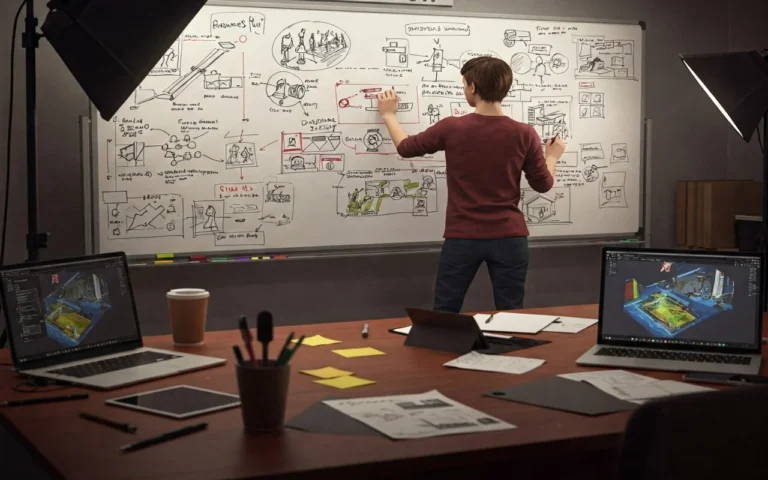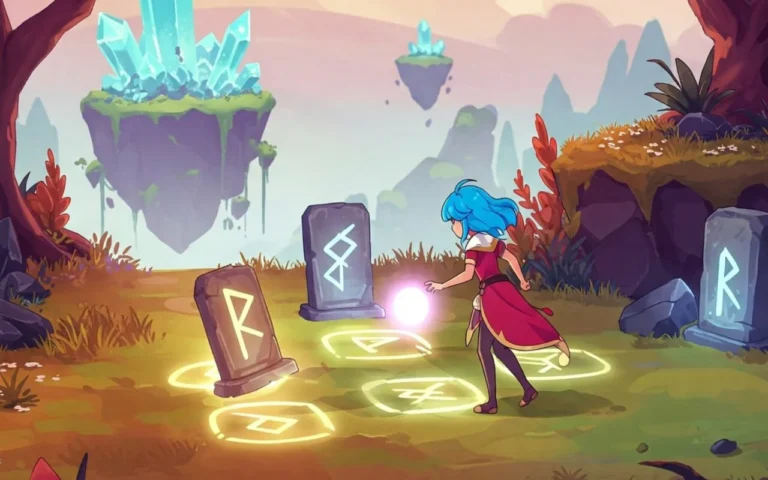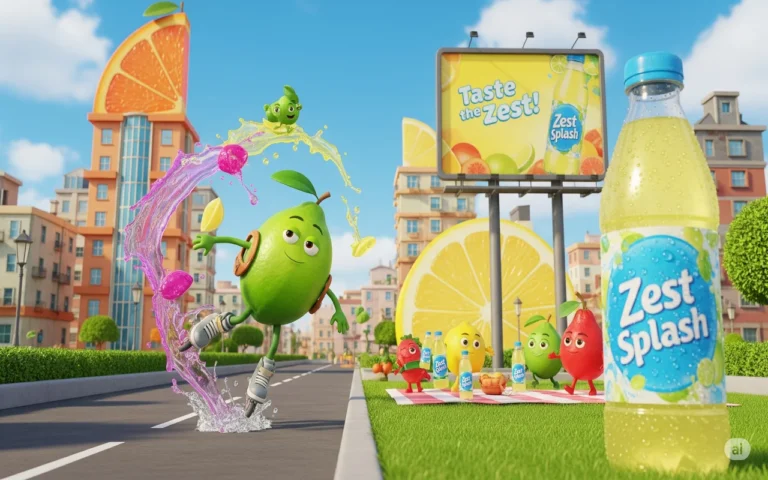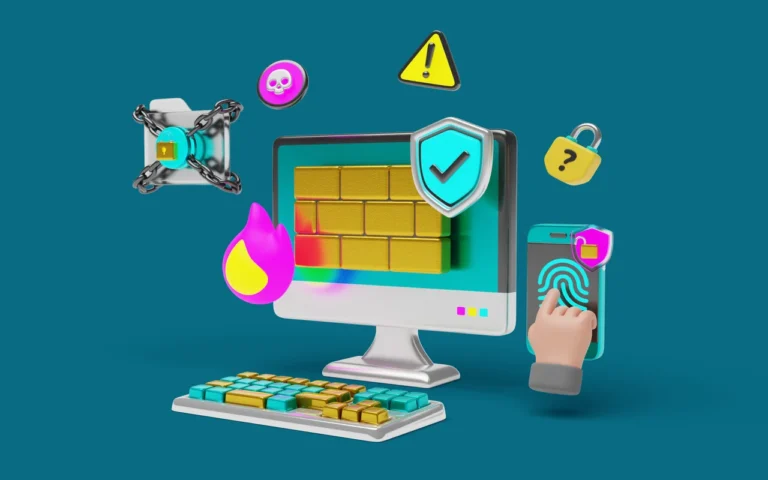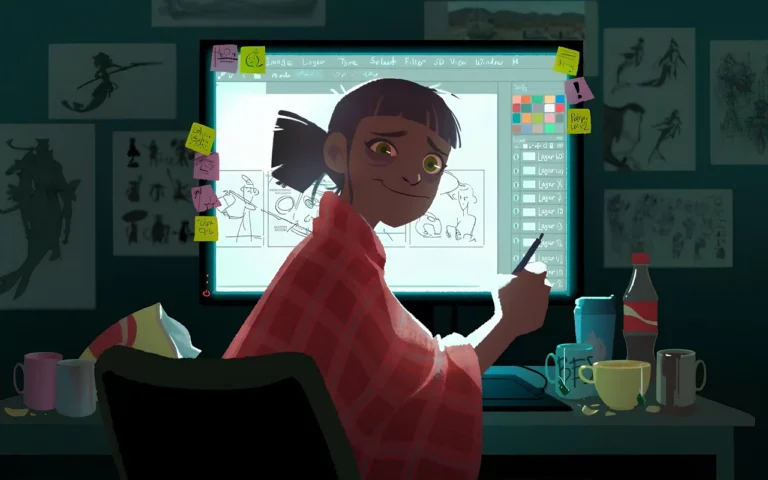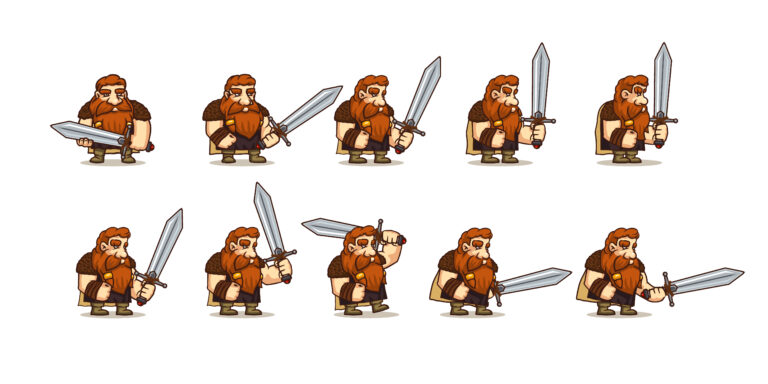Oh Disney! Just saying it makes you think of fairy tale castles, whimsical characters, and songs you can’t get out of your head. For decades, Disney has been the undisputed champion of storytelling, an animation studio crafting narratives that not only entertain us but also pull at our heartstrings and shape our imaginations. But have you noticed a slight difference lately?
Maybe the sparkle isn’t as bright…. It’s a little harder now to find the magic in their latest tales. Have you been wondering why Disney’s latest films and shows have not been making you feel the same as the old Disney? A lot of people feel like the once-talented storytellers behind the company now appear to be focused on flawless, AI-generated imagery. Let’s explore this interesting shift and see if we can figure out why the magic is fading and what it means for the future of Disney storytelling.
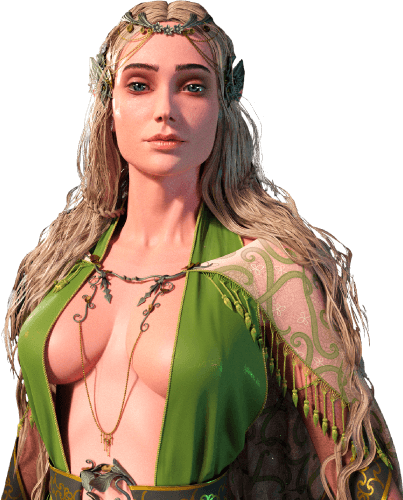
Need Animation Services?
Visit our Animation Service page to see how we can help bring your ideas to life!
The Golden Age of Disney Storytelling
Rewind a few decades, and the idea of Disney failing to attract the masses would have seemed absurd. Disney was the “unrivaled creator,” shaping the hopes and dreams of several generations through classic animations. They were known for crafting eternal IPs (Intellectual Properties) and owning fantasy worlds.
Both the power and substance of these performances were solid and moving; they were dynamic stories laden with emotion. The scene where Simba shrieks for help with the lifeless body of his dead father is indicative of his power or universal yearning for the genie to pop out of the lamp.
Like all the recent Disney ‘classic’ cartoons such as Zootopia (2016), Frozen (2013), and Big Hero 6 (2014), there was evidence of being able to connect with the characters and to want to be part of the story. At this point, animation was just a moment in production. The Disney renaissance of the early 1990s gave birth to a generation of ‘classics’, beginning with The Little Mermaid (1989), then many subsequent movies including Beauty and the Beast (1991), Aladdin (1992), Lion King (1994), to name a few.
This stands as a period that rejuvenated the studio and arguably created a new benchmark in storytelling in animation. The Lion King is just one example based on a Shakespearian play, Hamlet. It grossed nearly 1 billion dollars worldwide and remains one of the top-grossing Disney animated films.
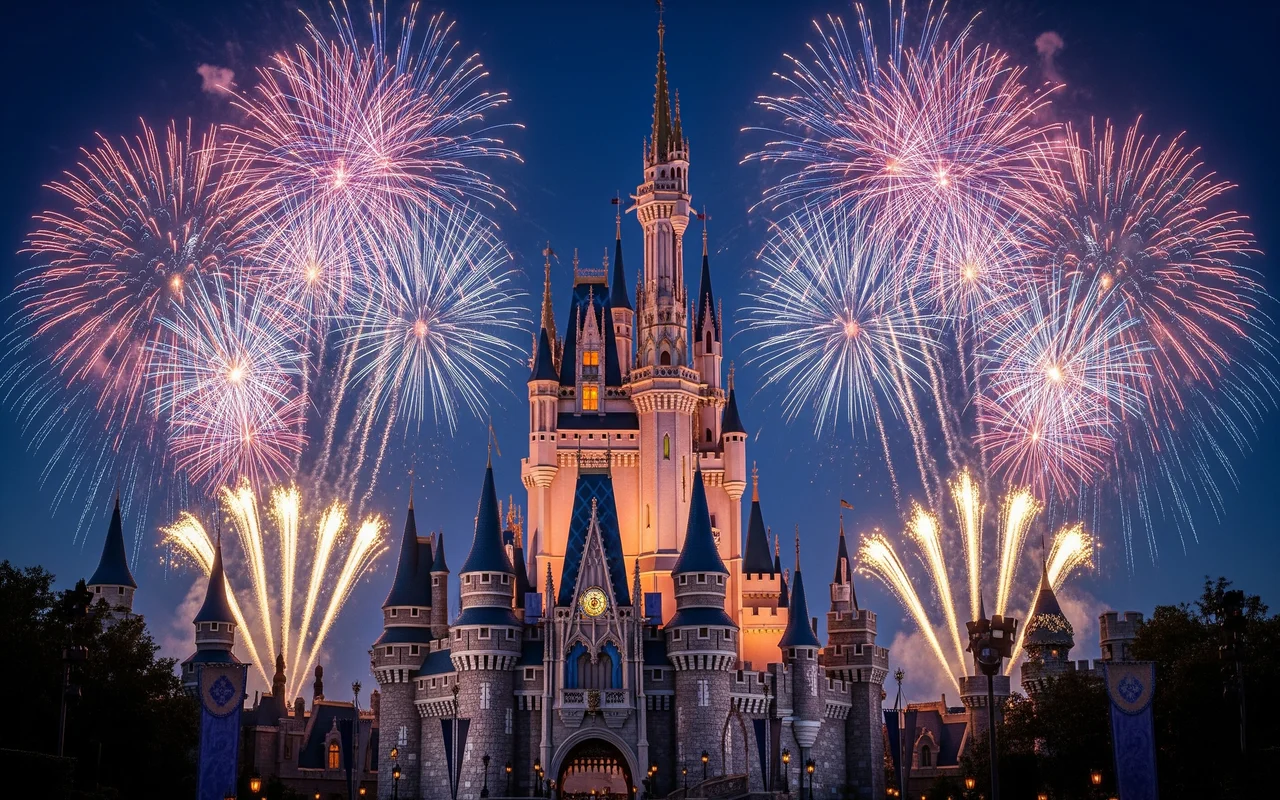
Strong Characters and Timeless Themes
So what was it about those movies that we could resonate with? Ultimately, it was their storytelling genius that appealed to our emotional and psychological levels of engagement. Disney’s former toon classics included characters that were in circumstances we could relate to and empathize with. Disney’s professional character animation made them feel real, full of life and emotion.
By adhering to the basic story arc of the hero’s journey, we were fully invested in the story, responding to ideals of development and transformation, both literally and metaphorically. We identified ourselves or friends we knew in the characters, and this established a powerful sense of relating and identification. This unique human trait of human creativity made the Disney stories personal and relevant to our lives.
These “non-AI” stories presented us with paradigms by which to understand difficult ideas, moral conflicts, and existential problems. Through these stories, we examined deep themes of love, loss, courage, and a journey for meaning and significance in our lives. Disney was indeed at the height of its glory regarding the stories it told. These stories allowed us to see the surrounding world, as well as our own lives, in new, meaningful ways.
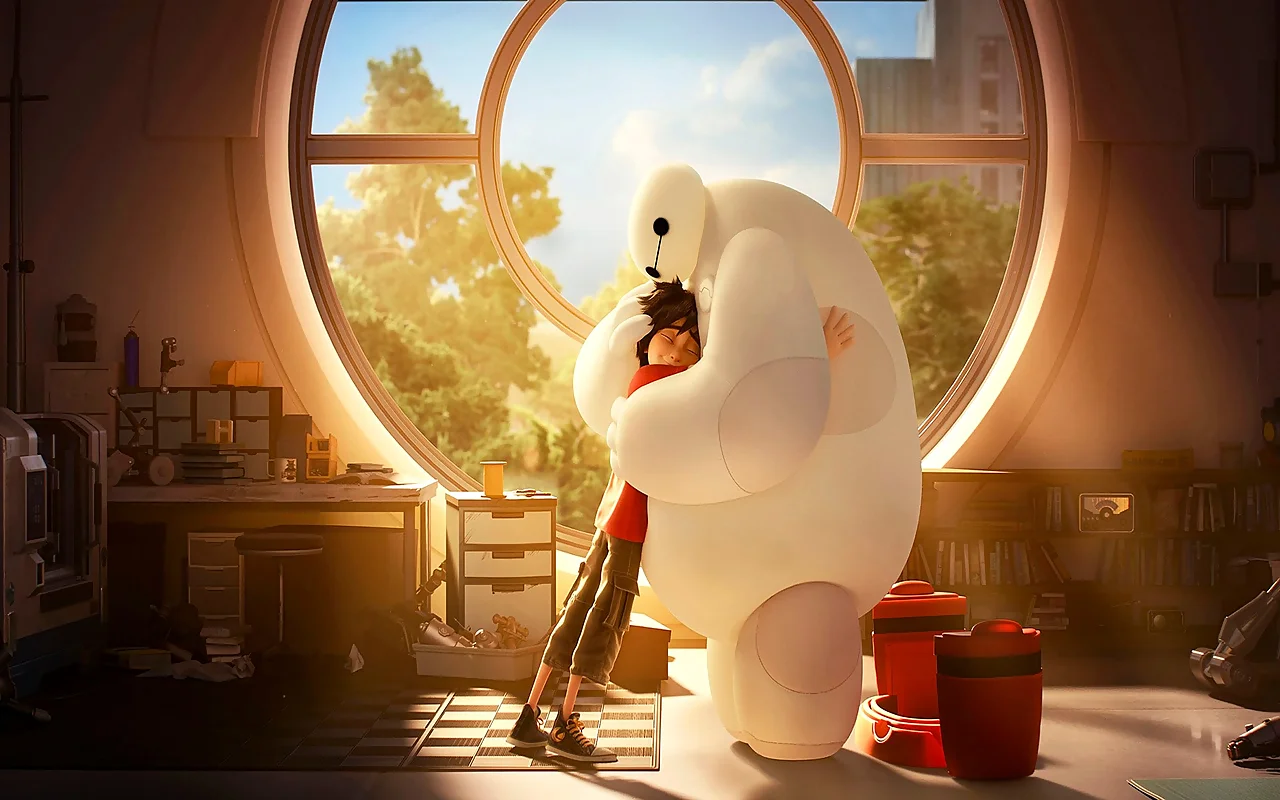
Emotional Arcs That Stuck With Us
It wasn’t just the beautiful animation that brought great success, but also the powerful emotional reaction created by terrific character work and great storytelling. Most audiences engage in storytelling in an emotional way: through important themes and characters with believable conflict and meaningful character arcs.
Disney’s focus on emotional authenticity, humor, and heart helped provide entertainment to the whole family in multiple layers of meaning and connections for audiences of every age. Because of this focus on emotionally rich storytelling, Beauty and the Beast (1991) and The Lion King (1994) were able to be so powerful and nuanced – this pushed the possibility of what an animated film could be.
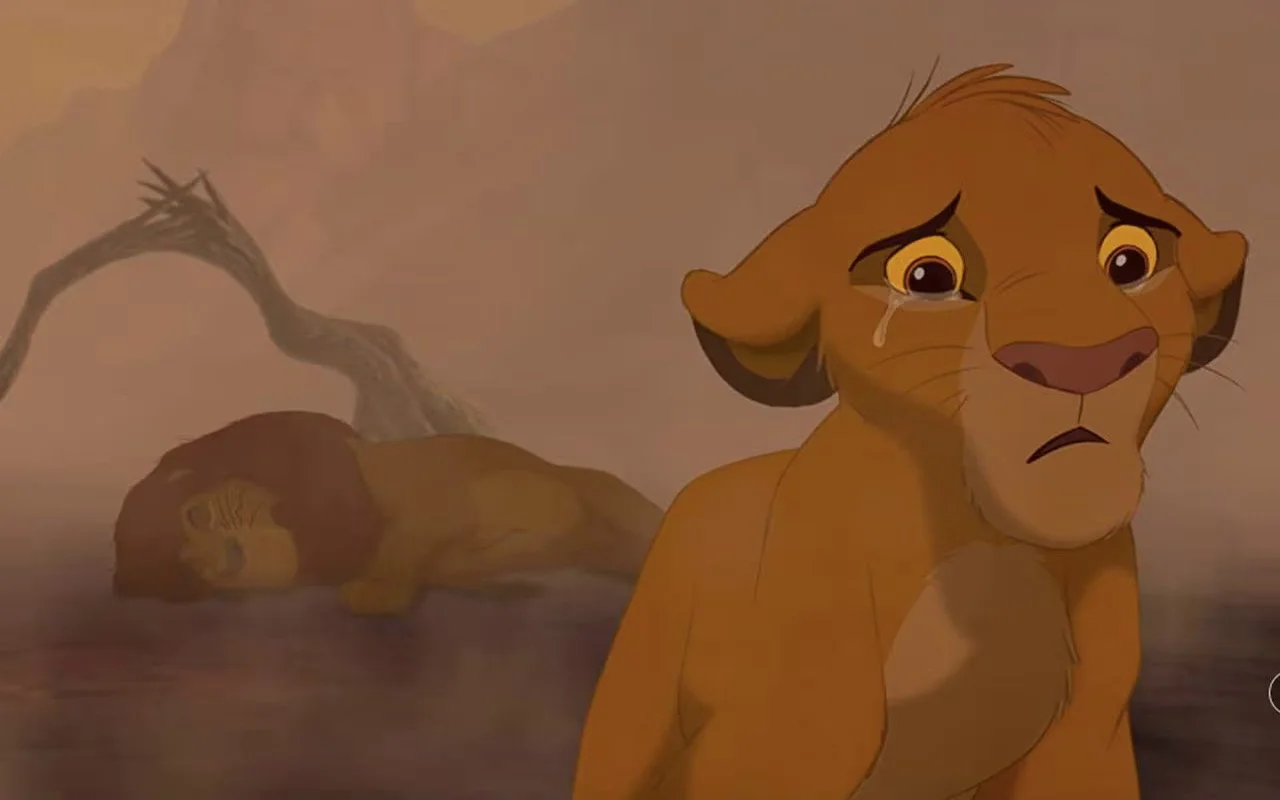
What’s Changed in Disney’s Recent Stories
Fast forward to the current times, and the controversy over Disney has gone abysmal. Critics now lament that Disney seems to have lost its storytelling touch and rather focuses on “marvelous AI-generated visuals”. This war is costing Disney a lot, especially at a time when kids and families desire most the magical escapades.
It is blamed on a sudden leadership change, where Robert Iger stepped down as CEO in February 2020 and was replaced by Bob Chapek. Disney performed best under Iger, setting a box office record of $11 billion in 2019, but ever since the switch to Chapek, the box office count has plummeted to a mere $2.6 billion in 2020.
The movie quality of Disney in general has been felt to have truly declined under new ownership, with most saying that the company has dropped its innovative storytelling style.
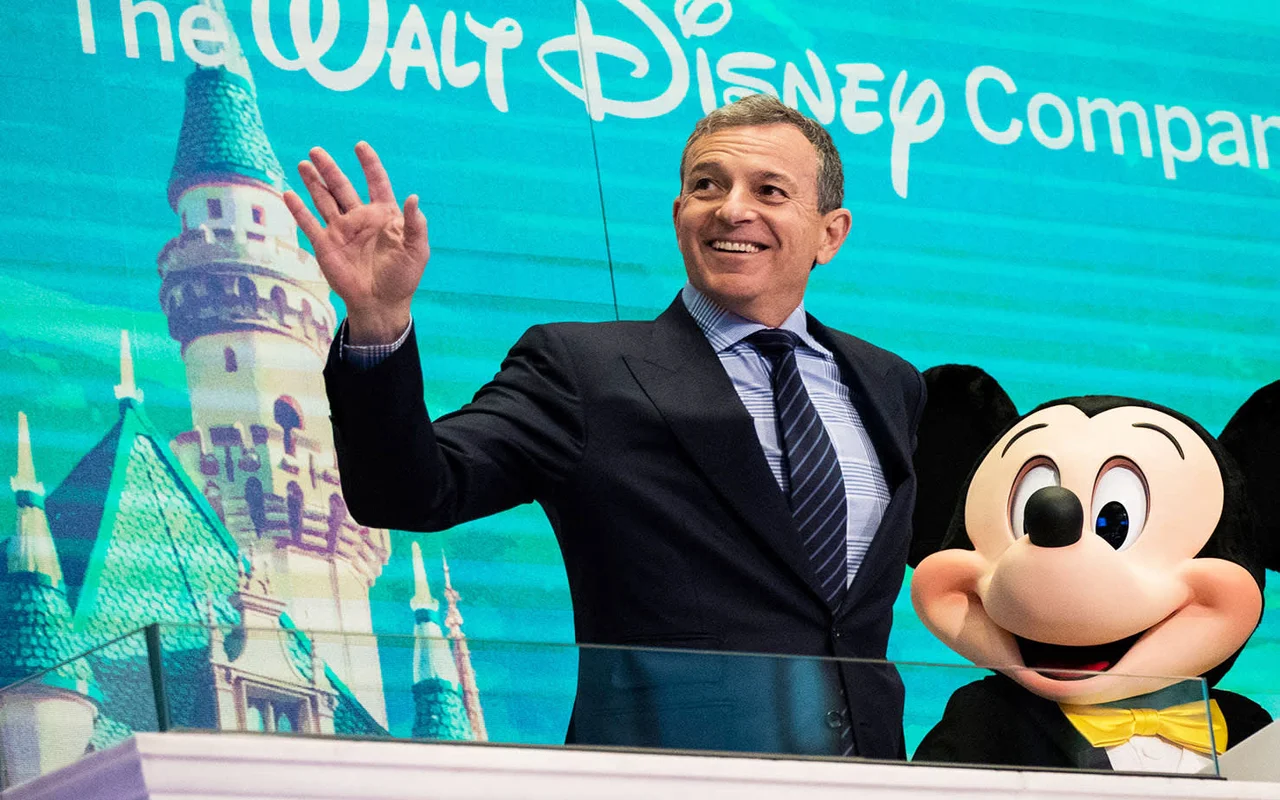
Formula Over Feeling?
One of the largest problems is a clear lack of innovation, replaced by a “repeat cycle” of sequels and remakes. This has led to films that are visually stunning but lack the storytelling complexity and innovation that once wowed audiences. Many modern films are seen as half-hearted and money-grabbing remakes.
A case in point is Disney’s latest animated film, Wish (2023). With its enormous budget, it is universally seen as a failure due to the lack of good storytelling. Despite good-looking animation, combining meticulous CGI and AI-augmented hand-drawn techniques, the main character does not possess a good story or character development.
The secondary characters are not well-developed either. Critics and audiences have described Wish as “uncreative” and lacking an “emotional story” or the “magic it once had”. Its 48% Rotten Tomatoes score compared to Tangled’s 89% is one such representation of this decline in storytelling standards.
Such movies as Strange World (2022) and Elemental (2023), while attempting to offer a new storyline, failed because of poor marketing and perceived studio insecurity, partly due to the fact that they featured LGBTQ+ characters, a “great risk” that was mentioned. This “playing it safe” approach, founded on tested formulas instead of creative leaps, exists in diametrical opposition to Walt Disney’s own philosophy of taking great risks.
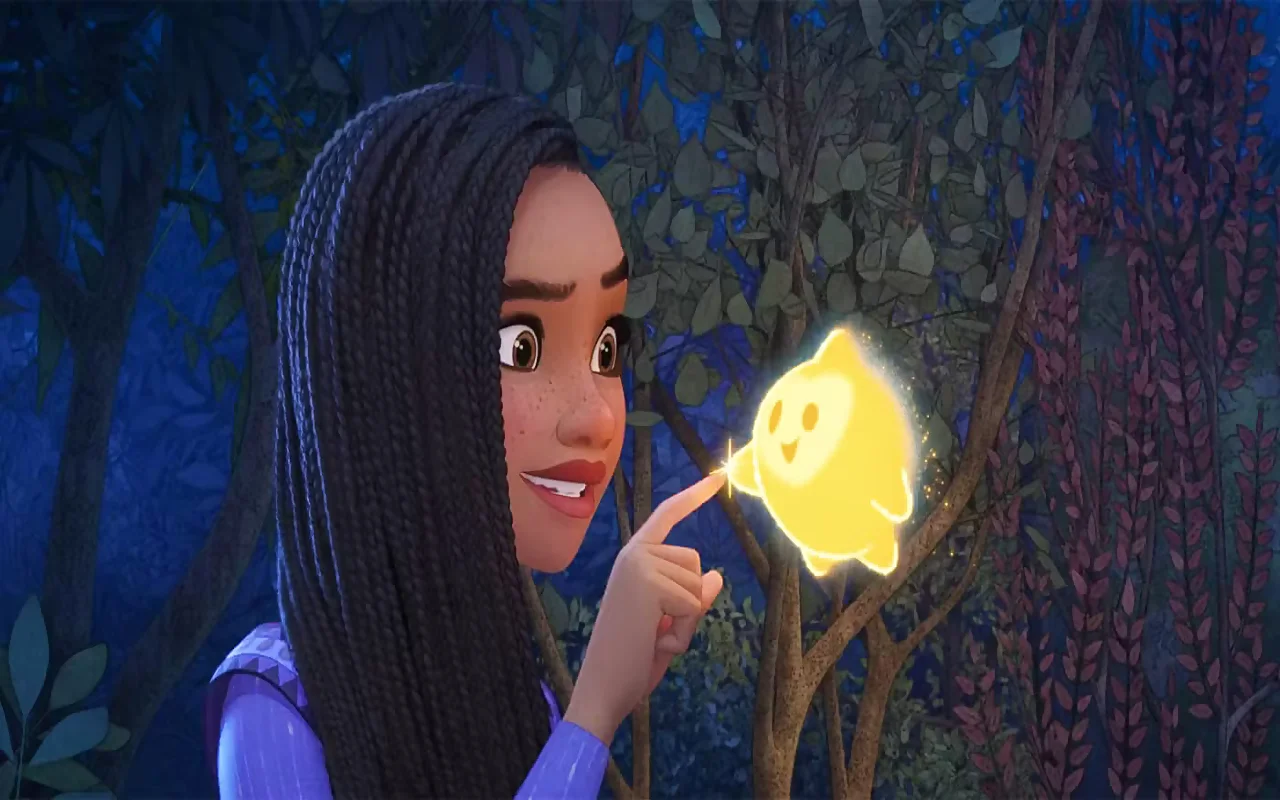
The Rise of Franchise-First Thinking
The modern Disney era has seen a stronger emphasis on a franchise-first strategy, driven by strategic acquisitions like Marvel Entertainment (2009), Lucasfilm (2012), and 21st Century Fox (2019). While these acquisitions have allowed Disney to tell stories within unified narrative universes, they’ve also altered how the stories are being told. Characters must now perform not just in their films but as merchandising characters and theme park experiences.
This approach has been an object of blame for franchise fatigue, in which Disney is being accused of “milking the IPs until the fans got tired” by producing Live-action after Live-action, and sequel after sequel. The trend of relying on existing IPs rather than creating new, original content tends to result in low-quality writing or animation, and very similar films.
It is particularly evident in the sheer number of live-action remakes, which have been an unashamed corporate greed, prioritizing profits over compelling and emotional stories. This misplaced prioritization of breathtaking AI-generated images over IP development and storytelling is seen as the common thread among recent flops, from the $200 million Wish to the $180 million Strange World, and even live-action fare like the $150 million Haunted Mansion and the $300 million Indiana Jones and the Dial of Destiny.
The concern is that Disney’s defining essence is no longer its creative writers and storytellers, but its AI Art Generator software and tools.
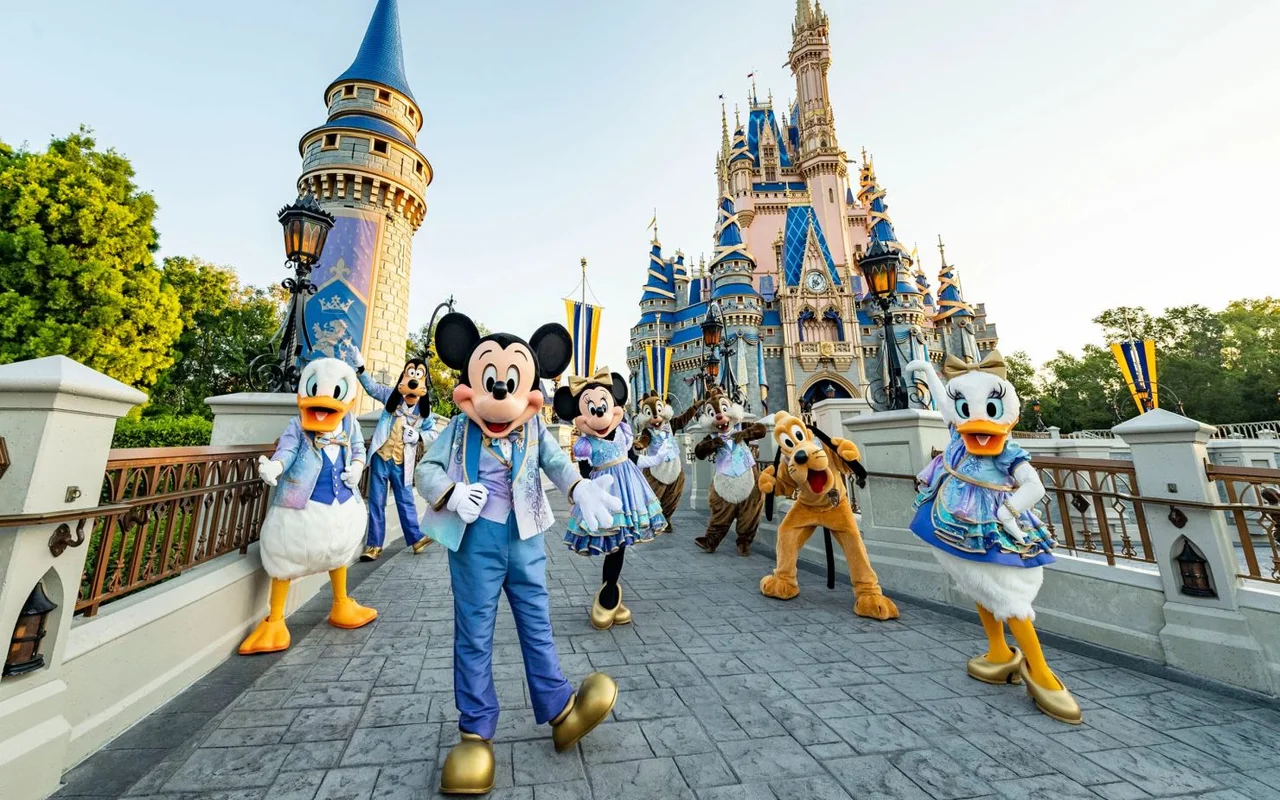
Audience Reactions: Nostalgia vs Now
The public’s response to these changes has been absolute: “Disney has lost its touch”. Parents and former fans alike protest that movies are becoming less creative and emotionally resonant. The magic that always defined Disney is now fading or even dying.
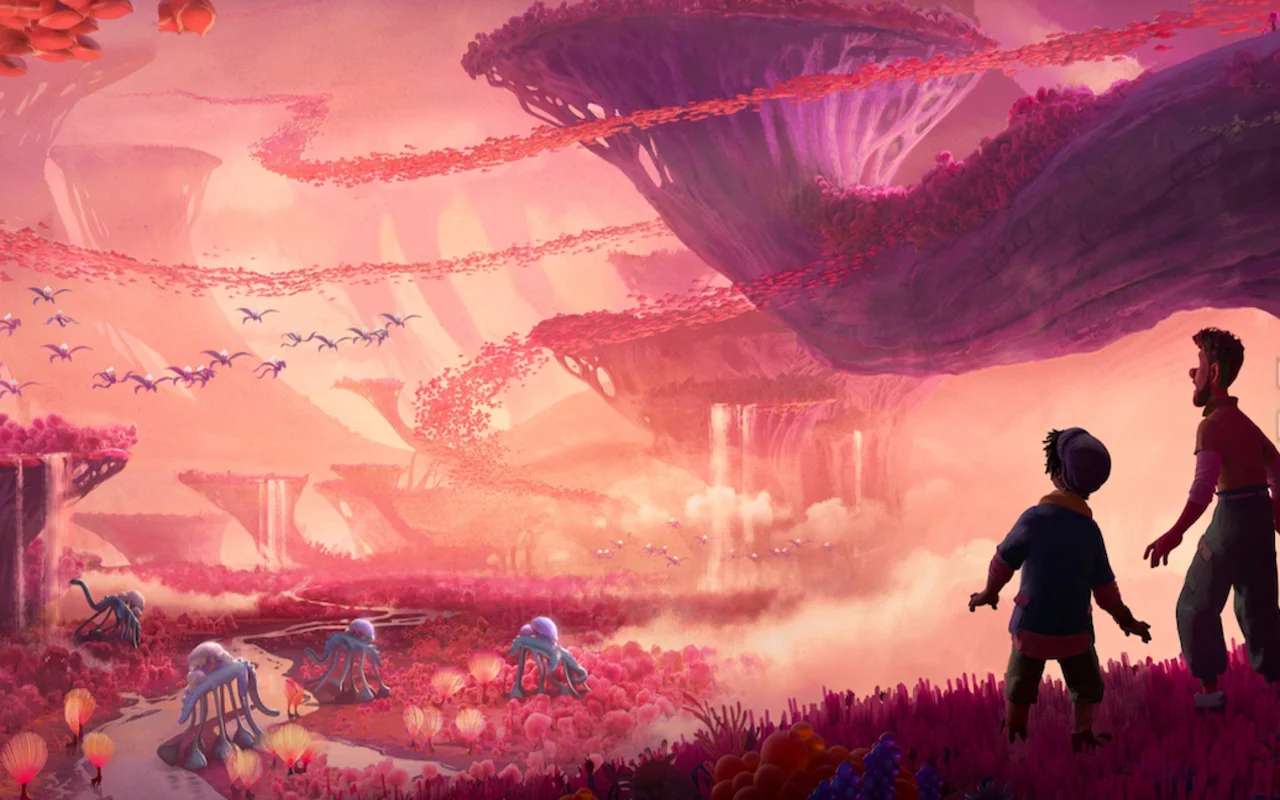
Critics and Fan Reviews
The downward trend appears in reviews and audience sentiment. Even though classics automatically gained general popularity, newer offerings like Wish (48% on Rotten Tomatoes) and Disenchanted (33%) indicate a dramatic drop. Student surveys show that an overwhelming 97.7% of students surveyed believe Disney’s most original era was before 2020.
Disney’s decline was reported by fans at Castaic High School as being around 2021 or after Turning Red. All viewed live-action remakes as “cash grabs” that “aren’t as charming” as original content. The live-action Pinocchio ( 2022), for instance, was disappointing due to altering the lessons and impact of the original tale, making Pinocchio “more aware of what’s going on around him” and watering down punishments for lying, even doing a reversal of the lesson by having him lie to escape a cage.
Also, alterations such as eliminating the prince in Snow White are being questioned regarding producers changing the “formula of the classics.” Even animated films like Luca (2021) and Turning Red (2022) have not been immune to divided reactions. Luca had terrible box office numbers, with the plot being unfocused and shallow.
Turning Red, while having some positive reviews for daughter-mother relationships, was criticized for its messages and ended up losing a staggering $154 million at the box office, recovering only a small percentage of its budget.
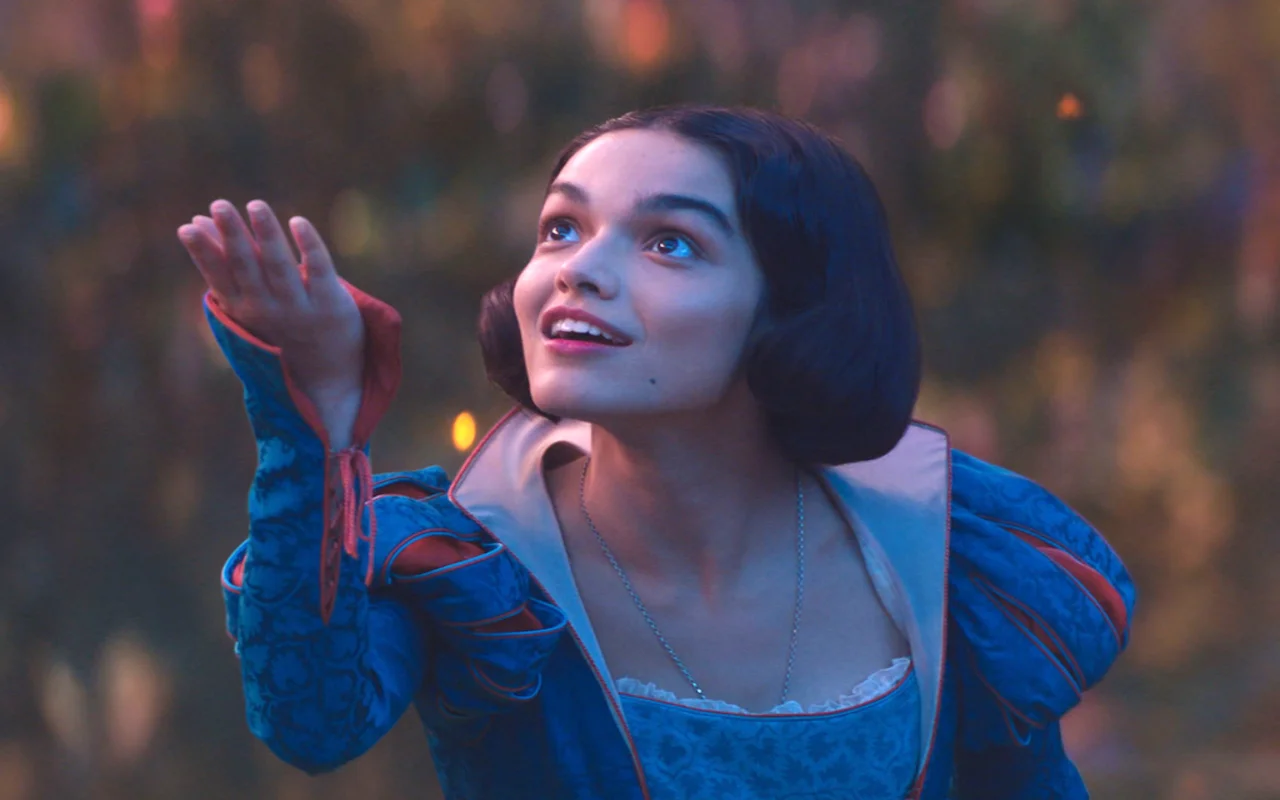
Generational Expectations
There is a noticeable shift in the expectations of generations. Whereas previous generations had grown up watching movies that their parents wanted to watch with their children, lately the market for Disney movies has been constrained to just children. As one student put it, “When we were kids, our parents wanted to sit down and watch these movies with us, but now I don’t even want to watch them”.
The promise of original material and good soundtracks, the hallmarks of Disney’s past, are all too often unfulfilled in current releases. The impression is that Disney sacrificed what made it legendary, prioritizing quantity of films over quality, churning out movies just to make money rather than satisfying the fans. Streaming platforms like Disney+ are super convenient, but they might be making people less likely to hit the cinemas for new movies. This could be why some folks are saying Disney’s quality isn’t what it used to be, with one veteran even saying, “There’s no magic left.”
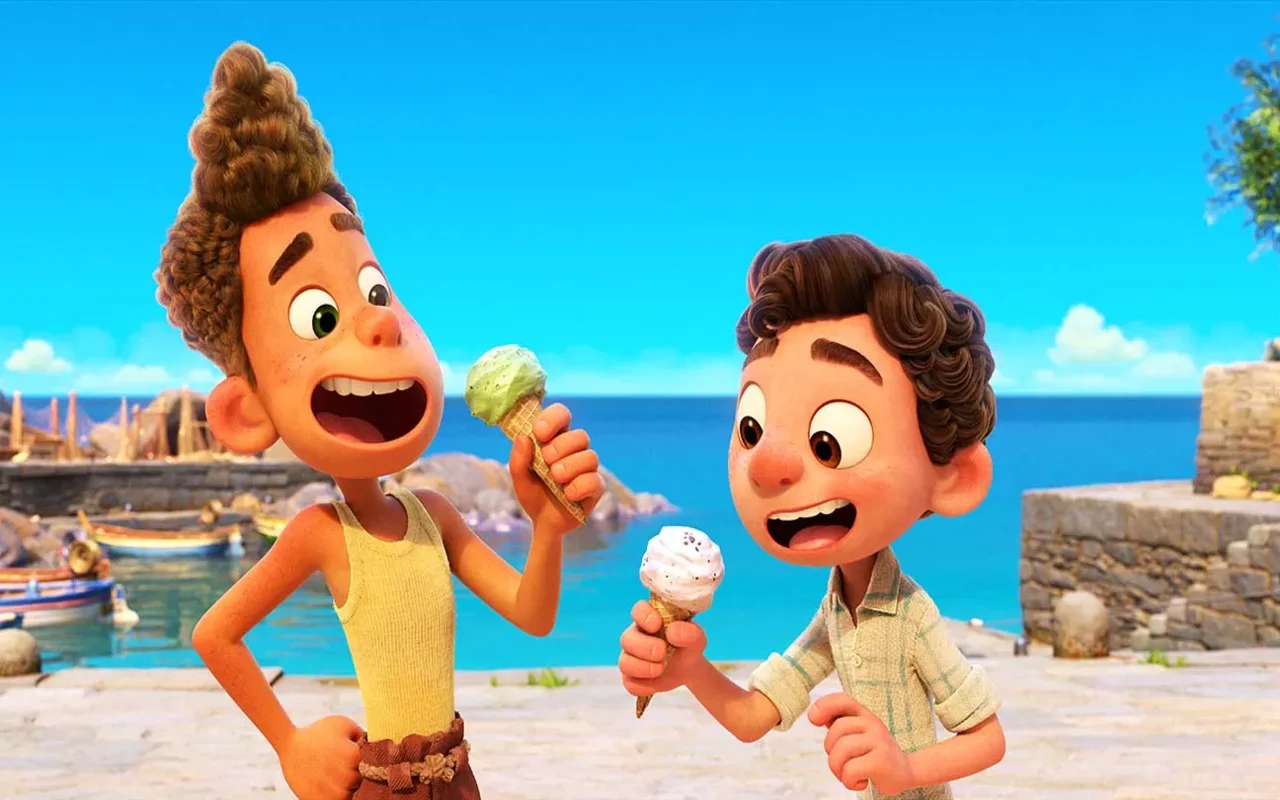
Are There Still Bright Spots in Disney’s Modern Era?
Even though people often talk about Disney’s modern era feeling like it’s going downhill, there are definitely bright spots and examples of them adapting really well. Disney animation got a big boost when Bob Iger took over, especially after they bought Pixar in 2006. By adopting Pixar’s “filmmaker-driven studio” approach, they gave directors more control and fostered a much more collaborative creative environment. This led to awesome movies like Tangled (2010), Frozen (2013), and Moana (2016).
These films honored Disney’s musical tradition but also brought in more complex characters and themes. A huge change was moving away from the “princess needs rescuing by a prince” trope, instead focusing on strong female characters, sisterhood, and celebrating cultural heritage. Frozen alone made over $1 billion worldwide, becoming one of the highest-grossing films ever and proving that great animated stories still resonate with audiences.
Read More: Disney Pixar Merger, More Than a Merger
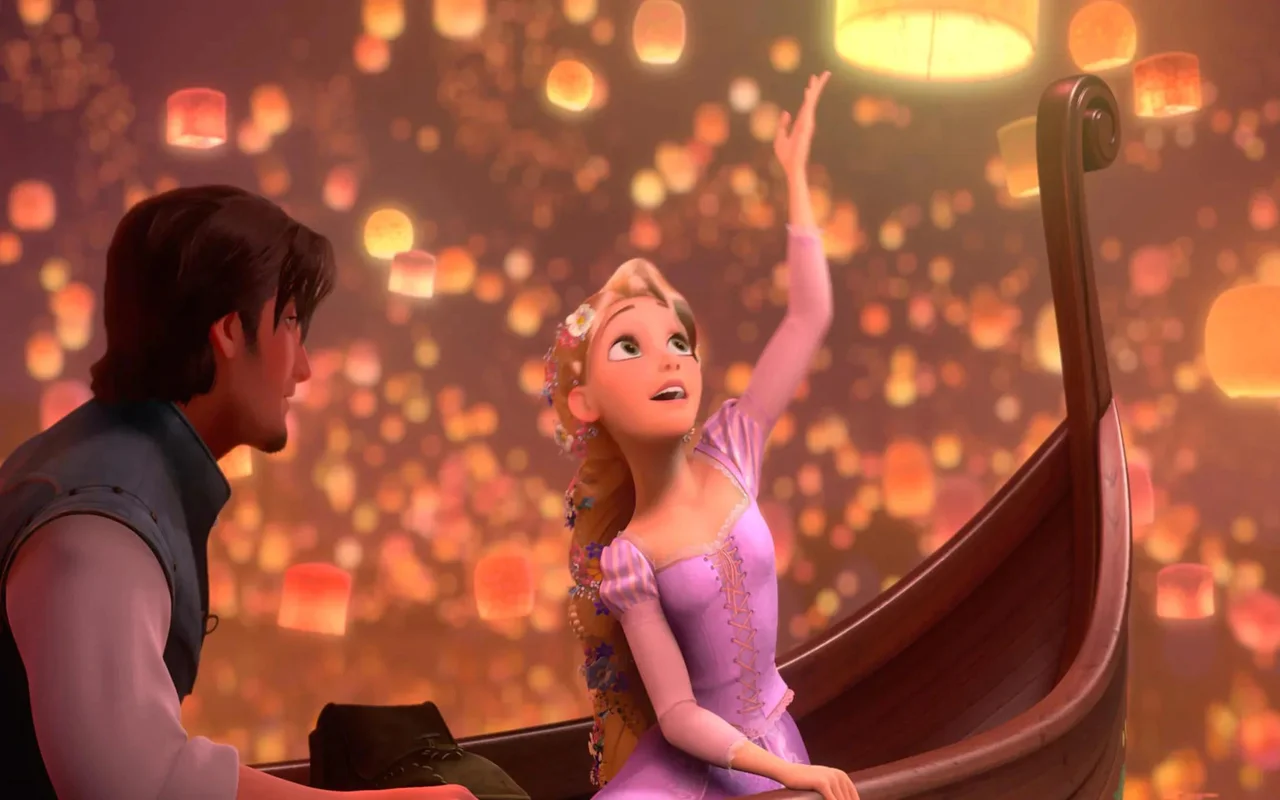
In relatively recent times, Soul (2020) and Encanto (2021) demonstrate a return to the ability to be creative while assessing risk, and both managed to have multi-generational resonance with layers of meaning for each. Turning Red is a narrative that might be offensive to some, but was still relatable to a good number of people, and it was grounded in realism around mother/daughter relationships and making them feel “very seen”.
Even in Wish, despite its storytelling flaws, the film was an artistic risk, blending 3D and 2D animation to create a hybrid animation that looked back at Disney’s roots while pushing technological boundaries forward. The watercolor backgrounds and 3D characters with watercolor texture were an attempt at creating a unique visual style, generating the curiosity of the audience, and showing that there is still innovation, especially in animation design.
This could even be seen as a subtle admission of the success of their classic 2D films, a sign that there might be a return to the original forms. Apart from films, Disney theme parks themselves evolve experiential storytelling. Modern attractions like Star Wars: Galaxy’s Edge offer immersive environments where visitors are engaged as active participants in rich, interactive stories, rather than passive spectators, an echo of the increased sophistication in Disney storytelling in films—a reminder of why storytelling matters in animation.
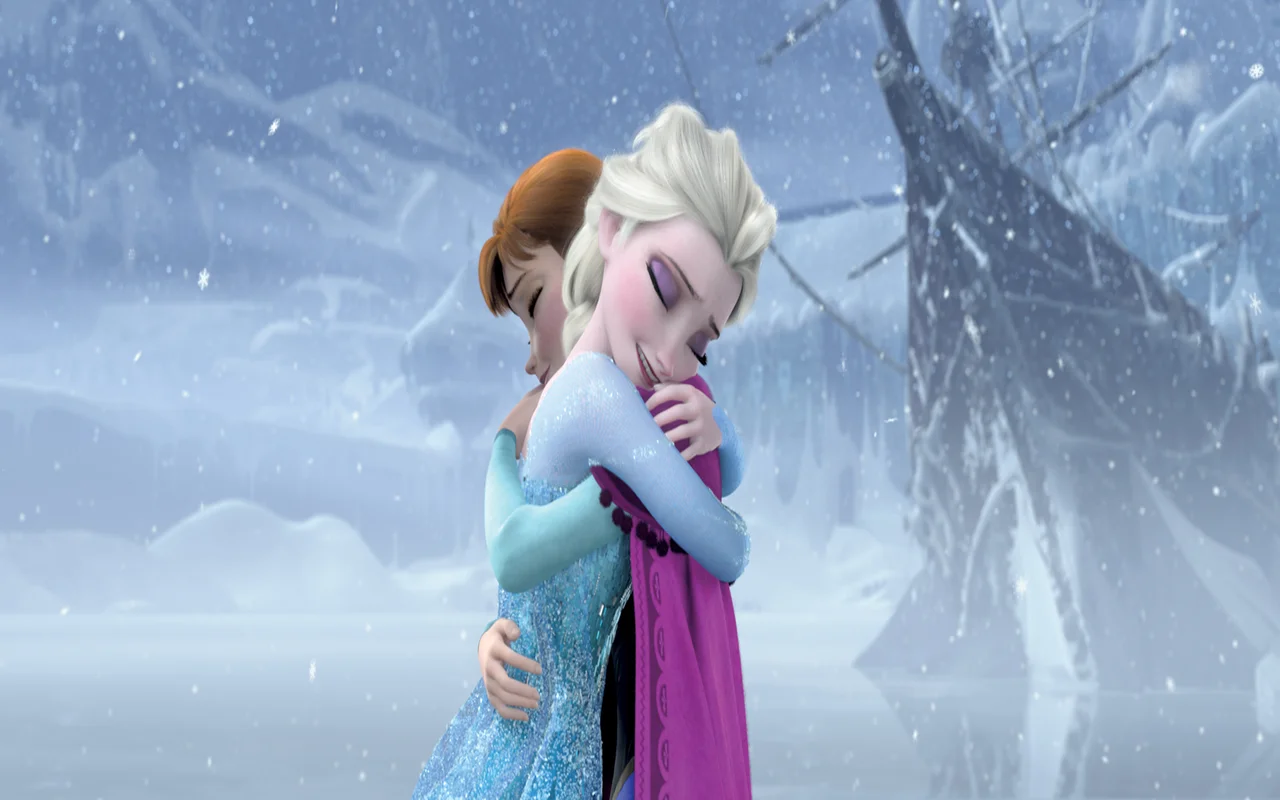
Can Disney Rekindle Its Storytelling Magic?
The million-dollar question everyone wants to know is if Disney will ever reclaim the magic that was present in its golden days. History within the company shows that taking chances has historically paid off big, from Snow White rescuing Disney’s Folly to The Little Mermaid rescuing the studio from creative burnout. To many, the answer is obvious: Disney “needs to take action in reverting back to its infamous pure storytelling ways.
Getting that magic back is about prioritizing real-life stories and truly revitalizing that fleeting spark. It’s all about returning to the rudimentary tools of narrative psychology, where stories become imperative in giving significance to individuals’ experiences and creating their perception of life, based on one source. When Disney’s characters are poorly developed and the tales are superficial, people disengage and lose interest.
The challenge for Disney’s future leaders is juggling commercial demands—the need to make money and protect valuable IPs—against creative authenticity and emotional resonance. Walt Disney himself emphasized that his entertainment must be appropriate for the entire family, not just children, a value that, while it has wavered, must ultimately remain a core value.
As George Lucas once so astutely said, “It’s okay to lose; just don’t lose the lesson”. In Disney’s videogame case scenario, that lesson may be that although sprawling franchises and special effects of pictorial beauty can attract attention, they are no substitute for the robust, character-based storytelling upon which its most famous magic has long been based.
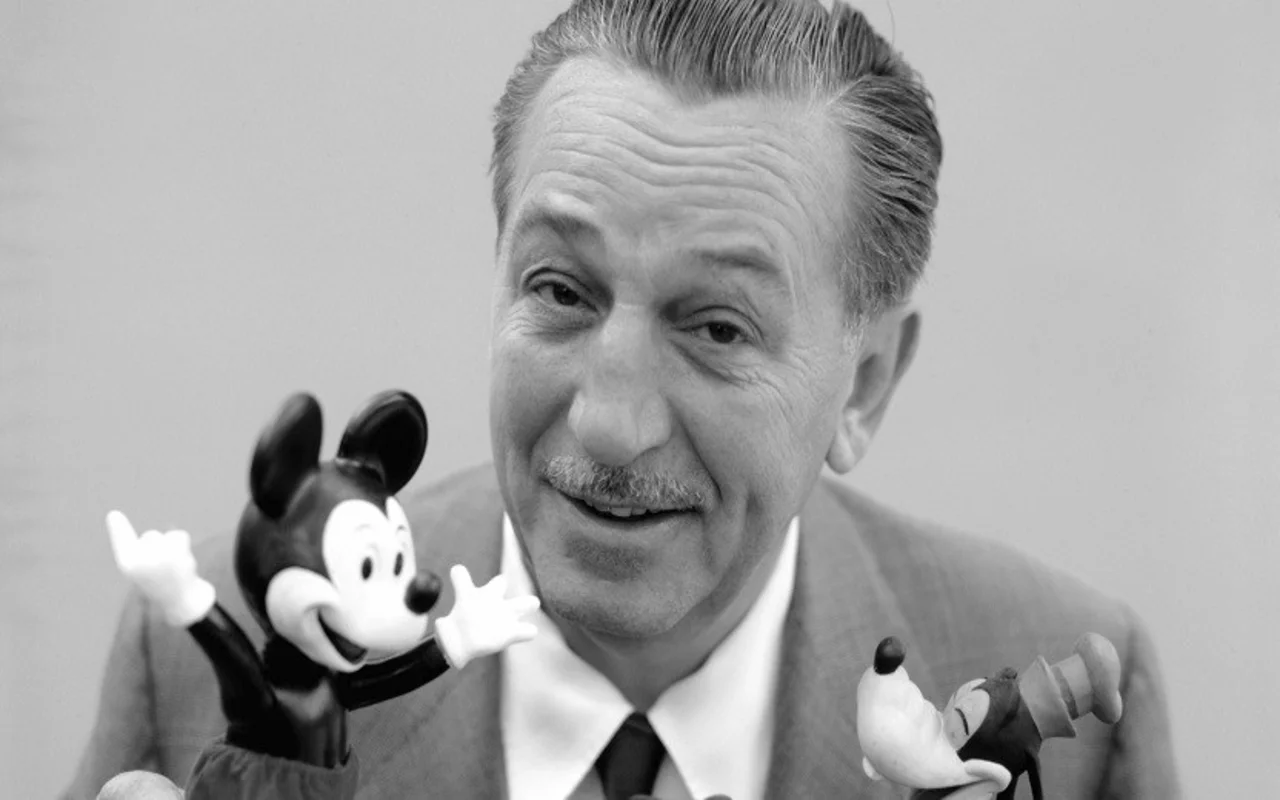
Final Words: The Path Back to Storytelling Greatness
The evidence overwhelmingly suggests that Disney’s recent work has experienced a radical drop in quality, particularly in its storytelling. The masterful creator of fantasy worlds and unrivaled IPs – has lost its way to AI-produced images and an ever-present barrage of remakes and sequels, losing much of the complexity, originality, and emotional connection that normally accompany its animated features.
Disillusionment from audiences is furthest evidenced by declining box office returns and diminished press and viewer reviews. The sentiment among supporters and detractors alike is that Disney’s “magic” is fading, overwhelmed by a perceived “corporate greed” in place of a product that inspires and creates.
Shift in leadership is most typically discussed in terms of Robert Iger to Bob Chapek and is a known barometer marking the age of poor performance and diminished creativity from Disney. But the enduring legacy of Disney storytelling remains at the core of the company. Amidst the changes and the setbacks, the belief that a story can move people remains high.
For Disney to truly reignite its own unique magic and once again stand as a creative presence, it must hear the voice of its dedicated enthusiasts. The future could be fewer reused IPs and tech wonder, and more commitment to bold, innovative storytelling, excellent characters, and the sensitive, human stories that have captivated generations for 100 years. The future of Disney’s magic truly depends on its ability to remember what made it magical in the first place: the power of a well-told story.

